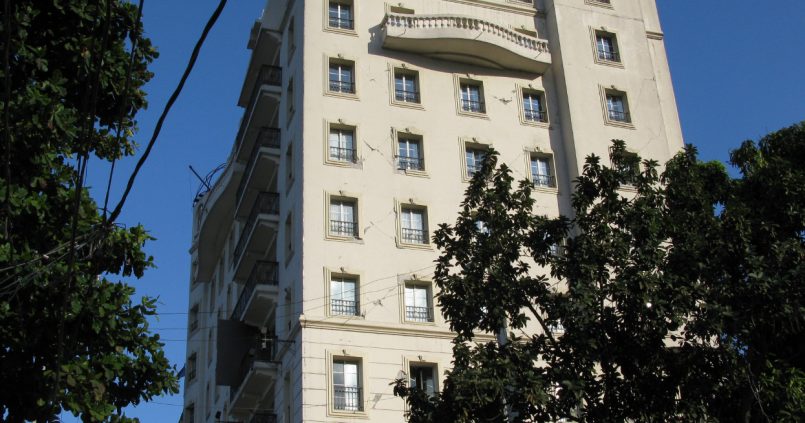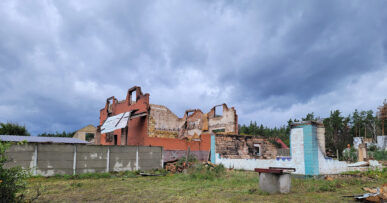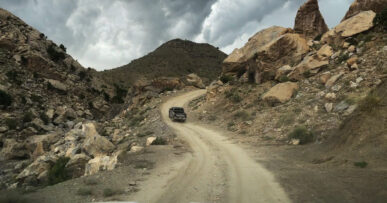- The 2010 Haiti Earthquake, Part 1
- The 2010 Haiti Earthquake, Part 2
- Miyamoto in Haiti: The Presidential Palace, A Fractured Haitian Icon
- Miyamoto in Haiti: Damage Assessment of the Japanese Embassy
- Miyamoto in Haiti: The Well-Oiled Relief Machine Rolling Through Haiti
- Miyamoto in Haiti: Inside a Heavily Damaged Building
- Miyamoto in Haiti: Visiting The Citadel
- Thirty Months in Haiti, Part 1
- Thirty Months in Haiti, Part 2
- Thirty Months in Haiti, Part 3
- Miyamoto in Haiti: A Morning and Afternoon of Hopeful Rebuilding
- Miyamoto in Haiti: School Rebuilding and Construction Continues
- Trente mois en Haïti, 1eme partie
- Trente mois en Haïti, 2eme partie
- Trente mois en Haïti, 3eme partie
- Miyamoto in Haiti: Visiting a Remote School Construction Site Near Cap-Haïtien
- Miyamoto in Haiti: Self-Sustaining Relief
- Miyamoto in Haiti: Love it or Hate it? Love it!
- Miyamoto in Haiti: Lycee de Cite Soleil Rehabilitation Project
- Miyamoto in Haiti: The Hopeful Road to Recovery
- A Day in the Haiti Disaster Zone
- Kidnappers & Disaster
- A Disaster Week in Haiti
Today the Japanese Ambassador asked us to do a damage assessment on their eight-story embassy in Port au Prince. Dominic, our engineer, and I met the ambassador in front of the building. The Ambassador is a friendly international expat type. This is highly unusual for a Japanese bureaucrat He speaks perfect French but not English. He told me “I was living in Africa for my most of professional carrier. It was not easy but nothing prepared me for this disaster” He had a tall bodyguard with him, as well as some staffers who carried mail bags. They were hoping to retrieve their important documents while we were there, too. Nobody had entered the building since the quake six weeks ago.
The exterior of the building was heavily cracked and damaged, but I noticed that it was mostly plaster and concrete block infill that had broken apart. The structural columns didn’t appear damaged. I led the group into the interior.
As usual in buildings vacated after an earthquake, there was an alarm going off in one of the hallways. It’s eerie to hear that, when the building hasn’t had anyone in it for about six weeks.
There was very little damage inside, though it reminded the ambassador of his ordeal on the day of the quake.
“The sway was so strong,” he said. “I had to balance myself. It was a long, long sway … and I realized that I would die here. I feel so weird to come back to this place”
He asked about the structural safety. I told him that the building structural system is undamaged from this earthquake but larger earthquake event may bring down the building since there is a limited earthquake resistive system. He understood the risk of entering the building, but he seemed to need to get some important documents out of there. He assured us it would be a very quick visit.
In the afternoon, Jeff, John and I visited the UNOPS to strategize the upcoming week’s worth of damage assessment. We need to assess both residential and school buildings, and quickly. There were about 5800 schools in the earthquake area. More than 2000 of them collapsed or were heavily damaged. It is urgent that we identify safe schools that can be reoccupied before April 1, when classes are scheduled to begin. The team, along with a World Bank officer, discussed tactics until late in the evening.
After the meeting I found reliable Guilaine waiting for us in the parking lot. We drove to the Haitian fast-food joint to get several hamburgers and fries for our crew at home.



